With my wife, Julie’s, agreement with the plan to buy a 356 convertible, I began the search. When I got back from the Chattanooga Motorcar Festival I started looking in all the normal places to see what was available. The Samba, Bring-a-Trailer, and Ebay. I found a few candidates, but nothing that really sparked my interest.
There were two project cars, both in the $90,000 range. One was in California and the other in Canada. I called about the California car, and the seller said it was sold. I also emailed the seller of the car in Canada. After I spoke with him I decided it was more of a project than I wanted, even though he said he would lower the price significantly if I didn’t want the extra parts he had (like the removable hard top). And it was in Canada. Not exactly easy to go look at.
Then I came across a nice looking 1964 C model listed for sale on the 356 Registry website. It was located in Raleigh, North Carolina, and the owner was helpful enough to provide a ton of pictures and information on the car
The cabriolet checked off all the boxes. Clean driver. Complete. Running. Apparently little rust. And within reasonable driving distance to inspect.
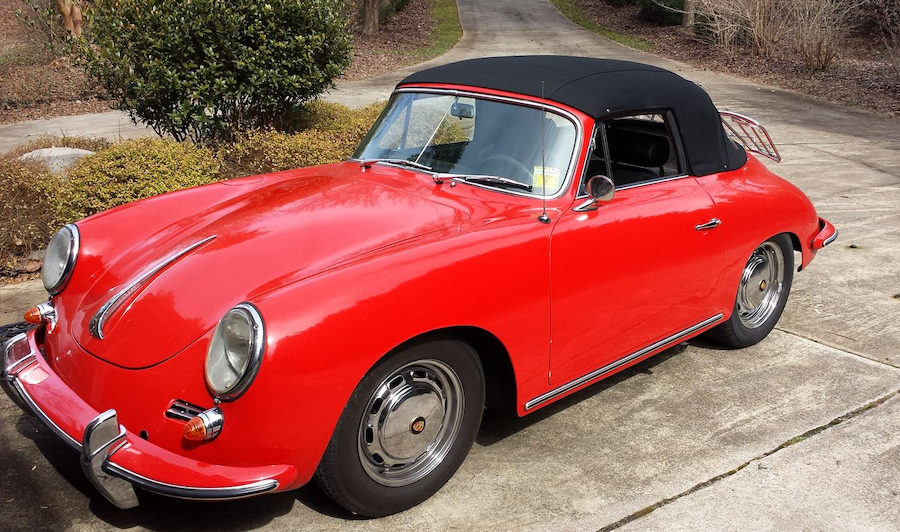
So, off to Raleigh I went. When I got there, I found that the sellers were a joy to deal with, and we quickly hit it off. They had owned the car since the early 90s, but hadn’t driven it all that much. The had originally listed the car for $125,000, but after limited interest, lowered it to $110,000. And the car was nice. The paint wasn’t perfect by any means. But it was very respectable. The interior was in excellent condition. And the car ran and drove very well. Could this be the one?
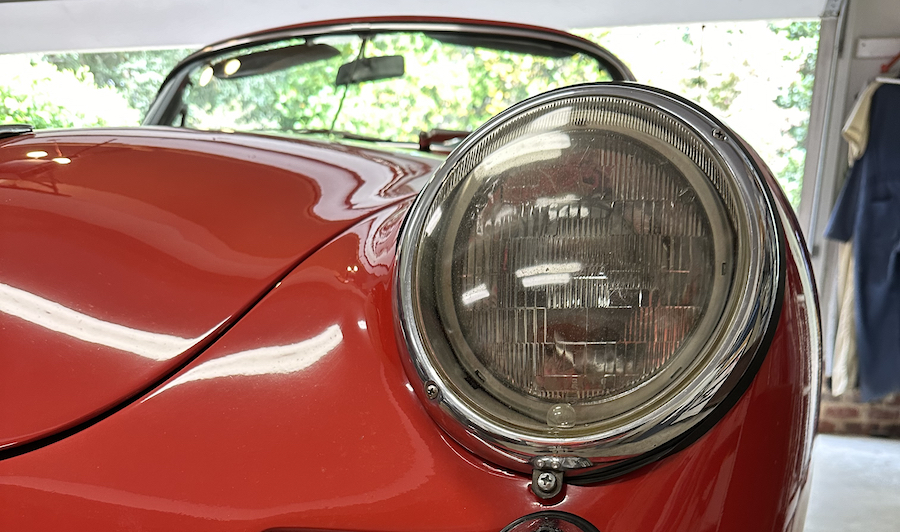
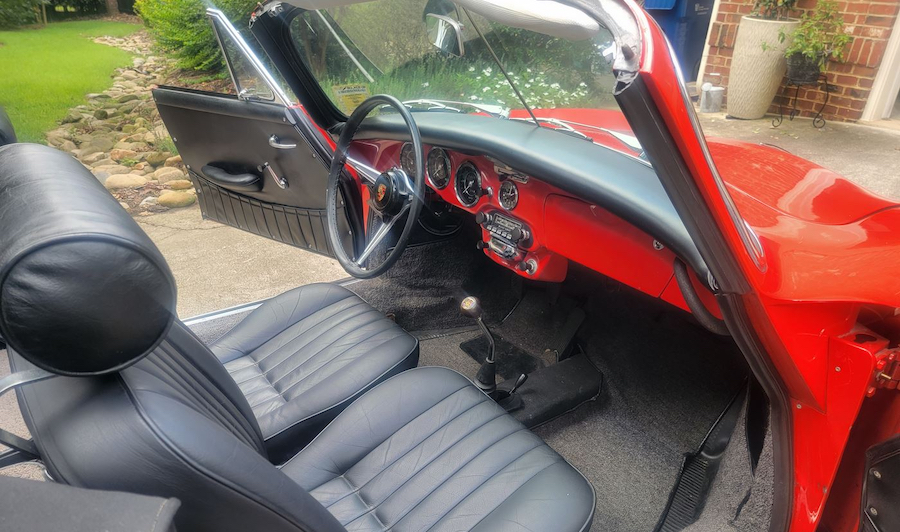
I wasn’t able to get under the car, but it all looked ok. One picture of the lower inner fender well on the left rear bothered me, and when I took a look at the area in person I wasn’t able to tell if there was an issue or not. The metal seemed bent up and discolored. But I couldn’t tell if it was minor or serious. In addition, the driver’s door was a little proud (misaligned so that it was not flush with the surrounding areas.
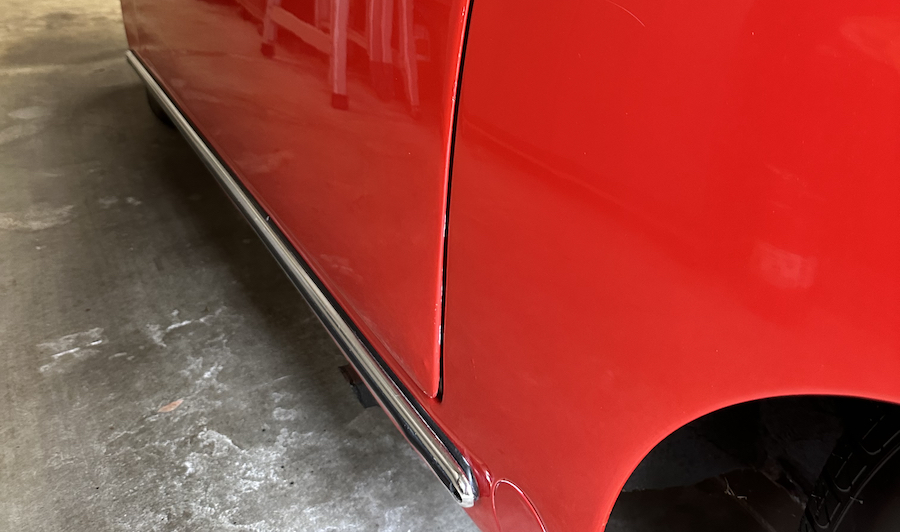
The biggest potential issue with the car was the door gaps. They were significantly larger at the top of the doors, as compared to the bottom. This caught my eye because it was opposite of what I am accustomed to with a 914. When a mid engine car rusts at the mid-point of the car, it causes the car to sag in the middle. Often the doors won’t open at all if the rust has gotten into the longitudinals. This 356 convertible had door gaps (wider at the top) that were opposite. I wasn’t sure what that mean, but, I was concerned that it might indicate a problem. I decided to go back home and talk to Julie before making an offer.

I came back to Florida and took Julie to the local PCA Octoberfest the next day. I wanted her to see a couple Convertibles. She had always wanted a 356, but, I wasn’t sure what that meant to her. Did she think of a coupe or cabriolet when she saw a 356?
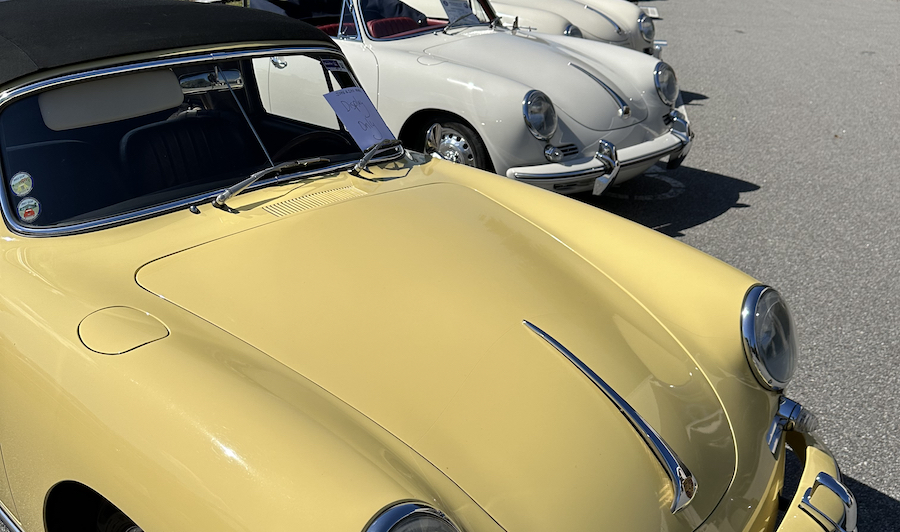
There were a few really nice cabriolets. I held my breath while we walked around, and I asked her whether she really wanted a convertible 356. “Yes,” she said. “These are exactly what I pictured when I said I always wanted a 356.” It was time to take a more detailed look at the Raleigh Cabriolet.
Read the next part of the story HERE.



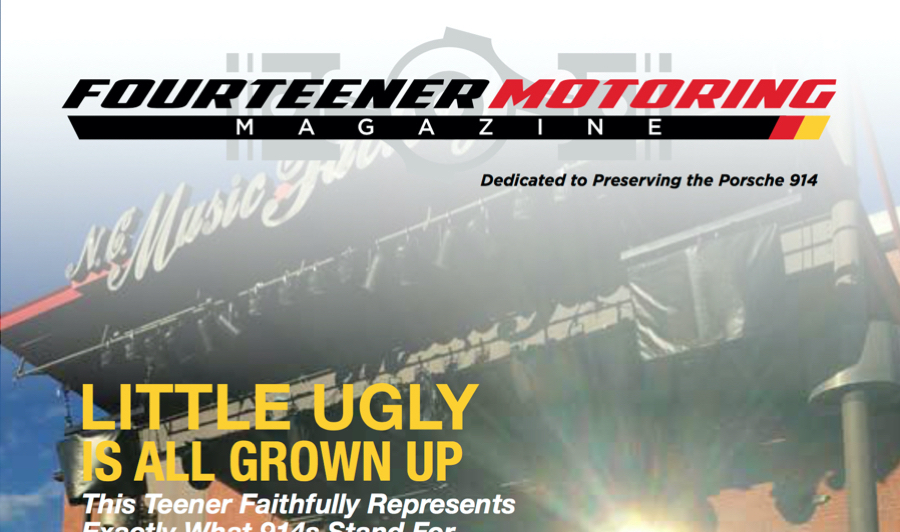

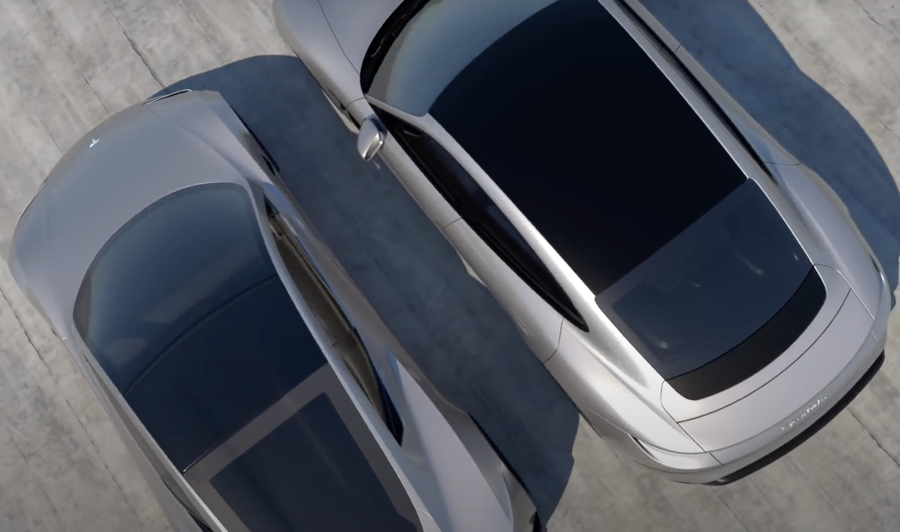

About The Author: Steve
More posts by Steve